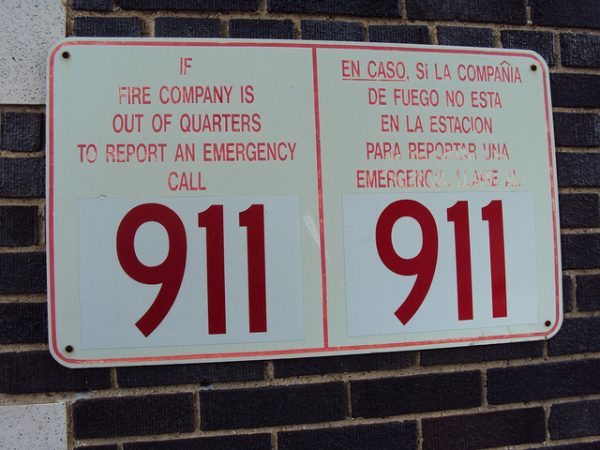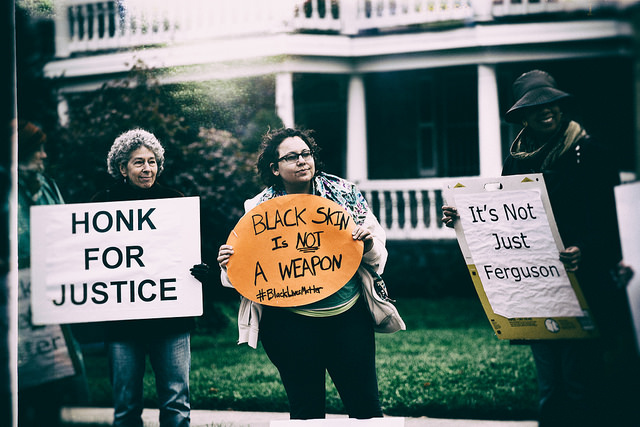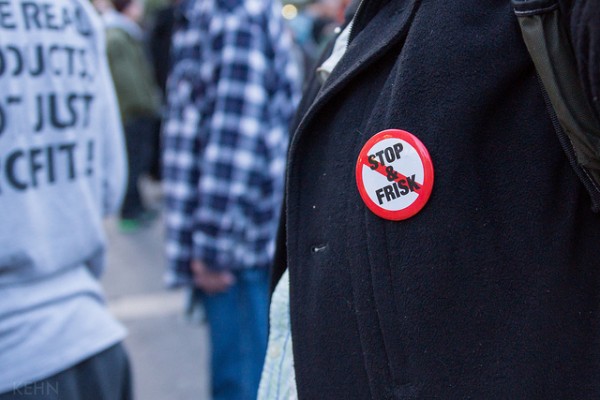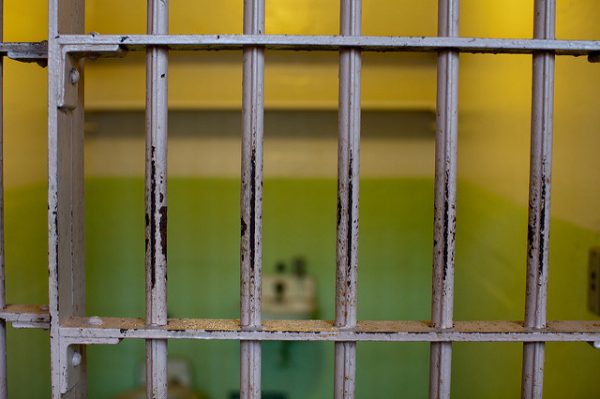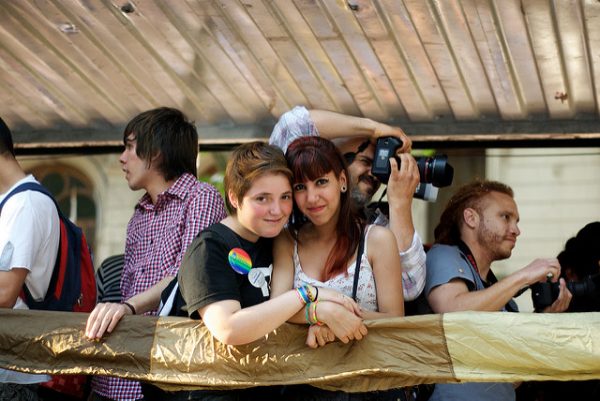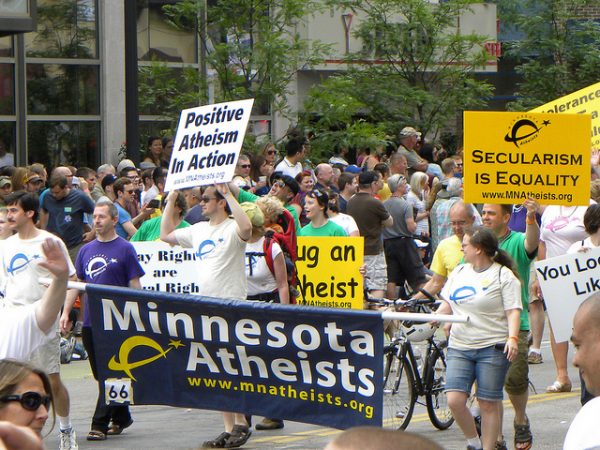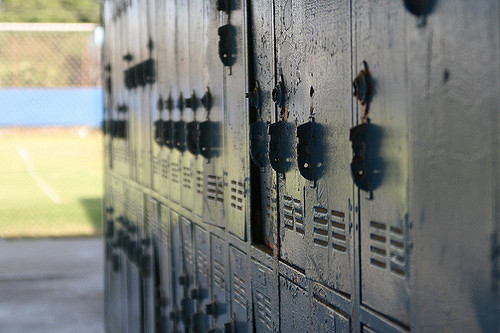
Senior year of high school is often an exciting time for students, as many make decisions about higher education and nervously await college admission letters. Yet, not all seniors join their peers in the move to higher education. The sociological “life-course labeling perspective” suggests that students already involved with the criminal justice system face the enduring consequences of a criminal record and many are forced to take alternative pathways after high school. Drawing from this perspective, Alex Widdowson, Sonja Siennick, and Carter Hay examine how being arrested in high school affects college enrollment.
The authors draw from the National Longitudinal Survey of Youth to test whether a student’s arrest within the first three years of high school impedes enrollment into 2-year and 4-year colleges within 9 months after graduation. Out of the 1761 students sampled, nine percent had been arrested during their first three years of high school. The authors also examined a sample of youths who received a GED or dropped out of high school. The authors find that people who had been arrested during high school were more likely to be Black and male, to engage in higher levels of delinquency, and to exhibit lower levels of interest in school. Further, they found that high school graduated youths that were arrested were 42 percent less likely to enroll in 4-year college programs within 9 months after graduating high school, and 41 percent less likely after 10 years. Arrests for GED and high school dropouts followed a similar pattern. However, arrest had no direct effect on enrolling in a 2-year college.
The authors conclude that arrest rates account for much of these findings because being arrested hinders performance in school. Youths’ who were arrested had lower GPAs and decreased participation in advanced coursework, which weakened the competitiveness of their college applications and deterred them from enrolling in college. Therefore, improving youths’ performance may limit the long-term effects of an arrest within an economy that increasingly relies on higher education for a stable income.

